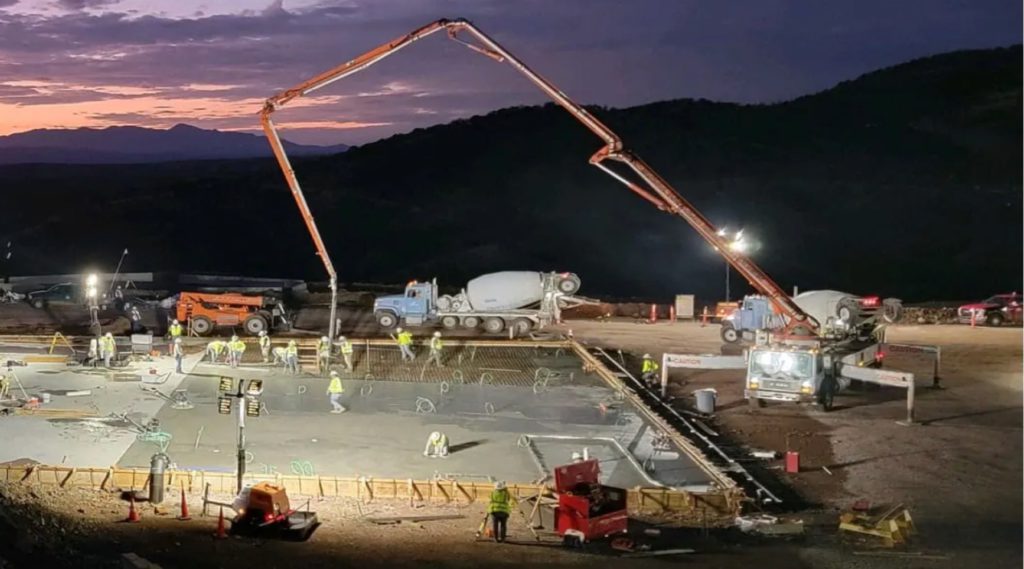Last year, the project became the first to be added to the United States’ FAST-41 permitting process, and the company said it has the potential to be one of the world’s largest zinc producers.
“Today’s investment decision represents a major milestone for our business and aligns with our strategy to reshape our portfolio toward commodities critical to a low-carbon future,” South32 CEO Graham Kerr said in a news release. “Development of the zinc deposit is the first phase of a regional scale opportunity at Hermosa, with ongoing activities to unlock additional value from the manganese deposit.”
“[The] project will strengthen the domestic supply of critical minerals needed for clean energy technologies and national defense, reducing America’s reliance on foreign countries and transforming the local economy,” Hermosa project president Pat Risner added.
With a surface footprint of just over 600 acres and projected to use approximately 75% less water than other mines in the region, the operation has been designed to minimize its environmental impact, the company said, adding that the investment will fund construction of key infrastructure projects, including water management systems, power, site facilities, underground shaft sinking, initial underground development and other work required to begin operations.
Once completed, this infrastructure would support future potential development of other deposits at the site, including the battery-grade manganese deposit, the company said.
Construction and mine development at Hermosa, made up of the Taylor and Clark deposits, started last year with approvals from the State of Arizona.
In January, South32 released a Mine Plan of Operations as a roadmap of operational activities at the Hermosa project from start to finish located on lands managed by the Coronado National Forest.
This article was published by: Amanda Stutt
Visit the original article here



